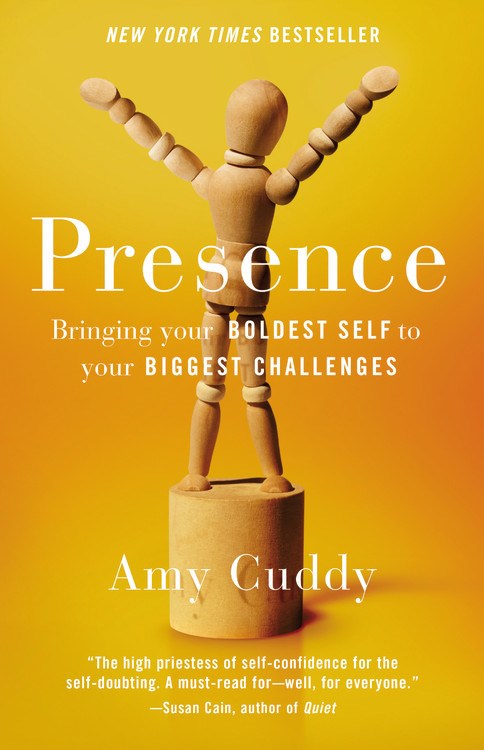Jack Covert Selects - The Logic of Life
A number of economists have crossed over from academic publishing into popular literature recently. The most successful was Steven Levitt's Freakonomics--a book co-authored by New York Times columnist Steven J. Dubner. Other successes include Robert Frank's Economic Naturalist and Tim Harford's Undercover Economist. The latter two economists wrote their books without the aid of a partnering journalist, and the books are still completely accessible and easy-to-read.
Tim Harford has recently written a new book, The Logic of Life: The Rational Economics of an Irrational World, in which he suggests that an old economic truism, that people and markets--and people in markets--behave rationally, applies more widely than we think it does, even when we specifically believe it doesn't. He provides examples we don't usually consider economically rational--speed dating, decaying inner cities and suburban sprawl, prostitution, substance abuse, gambling, segregation, teenage crime and sexuality, etc.--and explains that although decisions made in each instance may have negative, even destructive and fatal impact, they are not really irrational choices. Individual costs and benefits are weighed, and solid economic principles exist for each dangerous, destructive activity or circumstance.
As uncomfortable as it may make us to explore some of these topics, Harford lays them out in front of us, teasing them out of dark corners for examination. Speaking of faltering American cities, Harford writes:
It is not hard to see what kind of person is rationally attracted by a city with cheap houses but no good jobs...For those people, the likely alternative to a cheap house and no job is an expensive house in a more dynamic city, but still no certainty of a good job. Sixty thousand dollars wouldn't buy a broom closet in Manhattan, but highly skilled people value the opportunities provided by a dynamic city, even though the cost may be high. Hedge fund partners don't move to Detroit to save on rent.This is a bold and provocative book, often insightful and sometimes unnerving. It is beneficial, however, to add the economist's lens to the microscope with which we look at our contemporary world. It is not to condone or excuse the shortcomings of our society, but to expose and possibly improve them.
